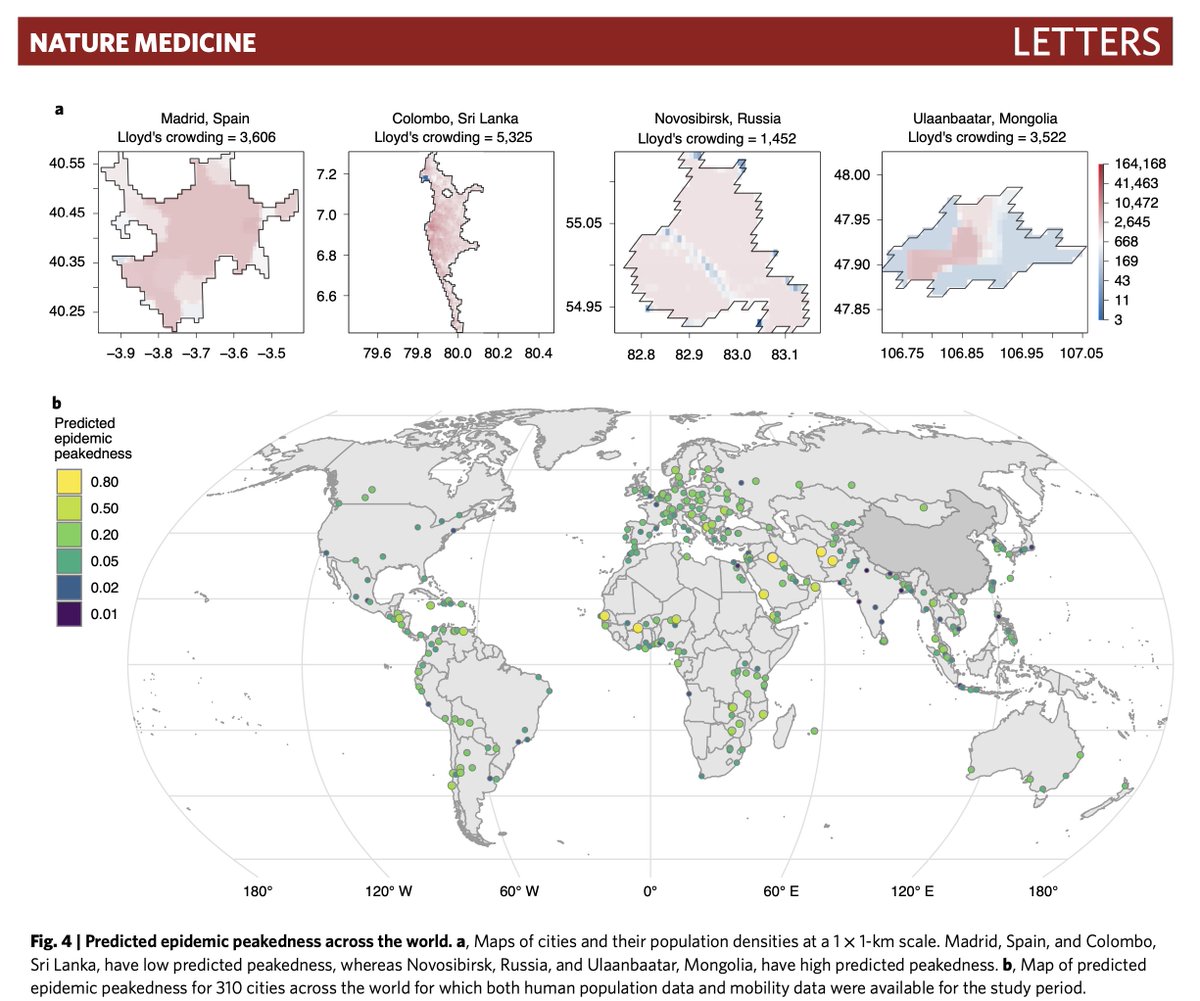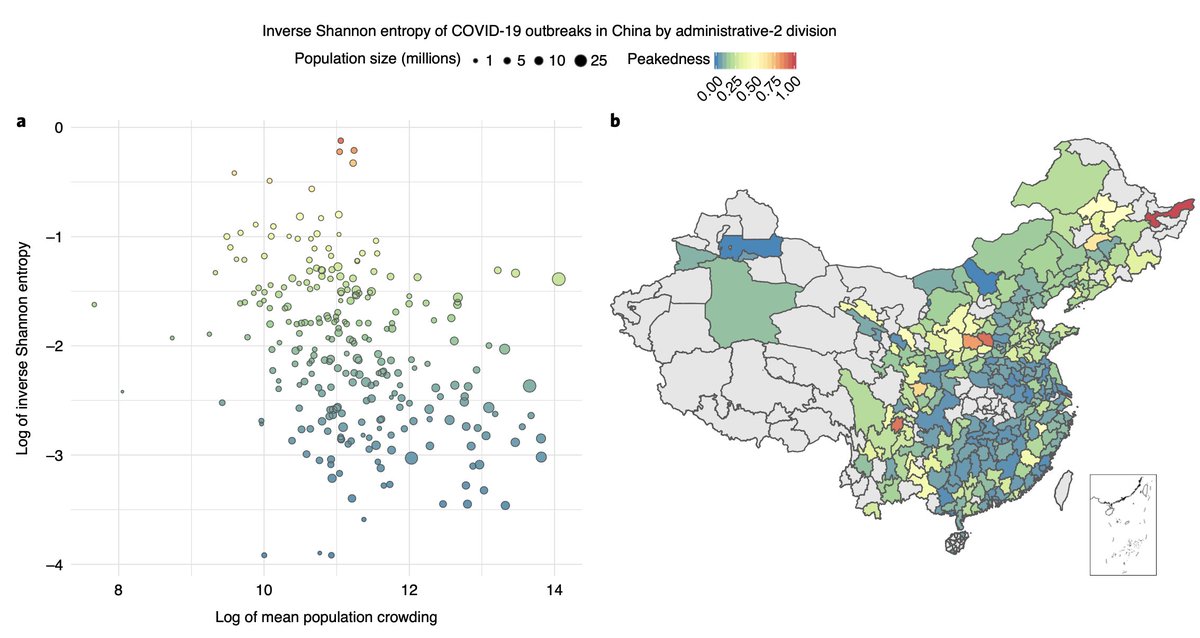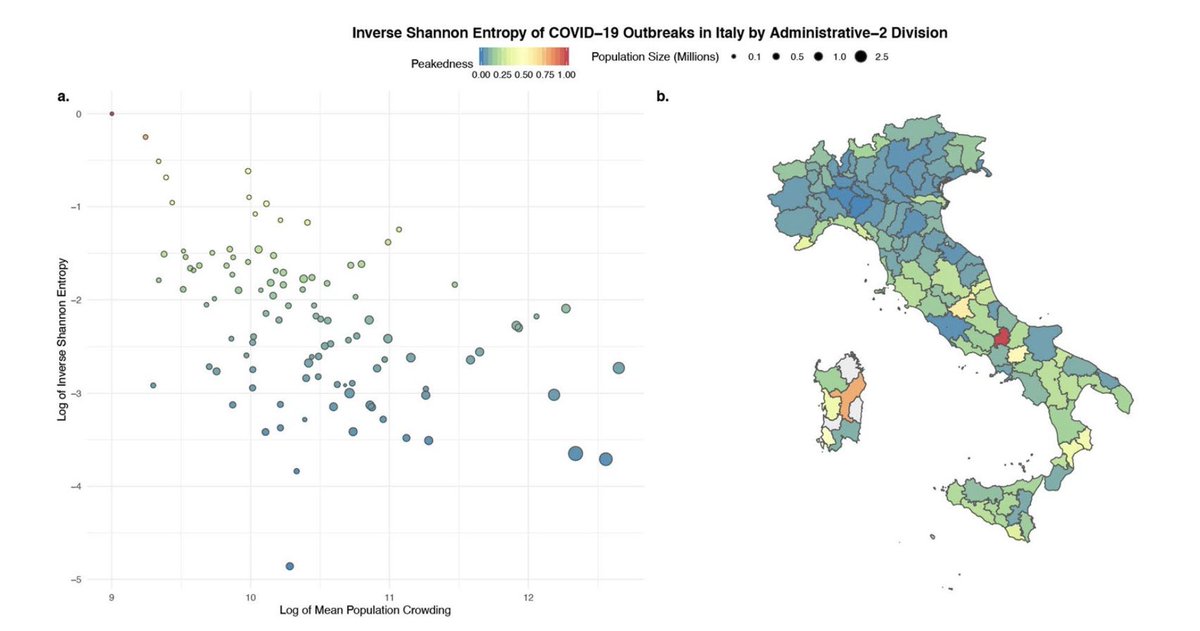
"Acute infections in vaccinated and unvaccinated people feature similar proliferation and peak Ct, but vaccinated individuals cleared the infection more quickly. [BUT] Viral concentrations do not fully explain the differences in infectiousness..." 1/6 medrxiv.org/content/10.110… 



New pre-print from the labs of @yhgrad & @NathanGrubaugh using data from the NBA, confirms that peak viral load is similar between vaccinated/unvaccinated cases, but clearance is faster in vaccinated. 2/6
However, and here is the *really* important part, viral concentrations did not fully explain differences in infectiousness between pre-Alpha, Alpha, and Delta variants. 3/6
What does this mean? 1.) masking & testing are critical even for vaccinated individuals to control #COVID19, 2.) the number of secondary infectious is probably lower for breakthrough infections, which makes vaccination all the more important, 4/6
3.) we desperately need contact tracing data on breakthrough infections, and 4.) we need more longitudinal studies like this globally. 5/6
h/t to @MOUGK for sending me this pre-print. 6/6
• • •
Missing some Tweet in this thread? You can try to
force a refresh








